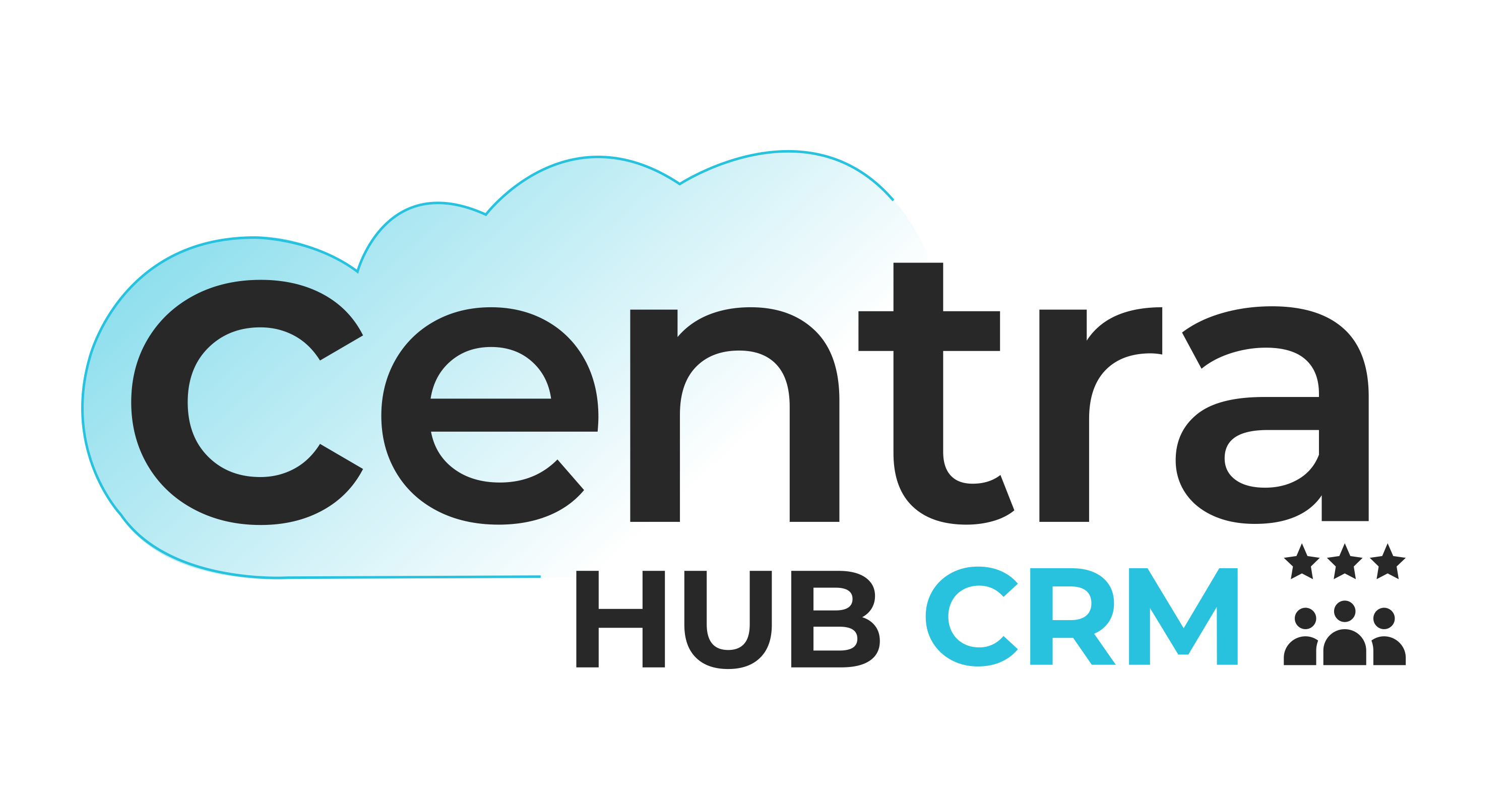What are the Phases of an ERP Implementation Plan?
Typically enterprise resource planning software implementation process could be divided into five phases, each of which has its own goals. However, each business is different, so depending on the company, the way these phases are conducted may vary, or they may also overlap.
The five stages of the ERP implementation life cycle are planning, designing, developing, testing, and deployment and support.
The planning phase
The planning phase is the first stage of the ERP implementation lifecycle. Identifying and comprehending the specific business activities that the ERP system would perform is critical during this phase. This entails completing a detailed review of your present systems and processes, as well as identifying any gaps or opportunities for improvement. It is also critical to define clear goals and objectives for the ERP deployment and to create a complete project plan that describes the project's scope, timing, and budget.
The design phase
The next stage of the ERP implementation lifecycle is the design phase. Now is the time to collaborate with your software provider on developing an ERP system tailored to your company's requirements. This involves tailoring it to your specific needs and ensuring it works with your current infrastructure and procedures. It is also important to create exhaustive tests to ensure the system works as intended and satisfies all the criteria laid forth in the specs.
The build phase
The third stage of the ERP implementation lifecycle is the build phase. During this phase, you'll work with your ERP vendor to build and configure the system and integrate it with existing systems and processes. This includes configuring the system to meet the requirements and specifications developed during the design phase, as well as testing the system to ensure that it meets the needs of your business. It is also essential to make a checklist to ensure the system works as intended and meets all the criteria laid forth in the specs.

The testing and training phase
The fourth stage of the ERP implementation lifecycle is the testing and training phase. At this point, you need to conduct extensive testing of the system to ensure that it meets the needs of your business and to identify any issues or bugs that need to be addressed. Additionally, ensure that ample training is provided to the end-users to ensure that they are able to use the system effectively and efficiently. This phase is also the right time to conduct a dry run to test the system's compatibility with the existing systems before final implementation.
The deployment and support phase
The deployment and support phase is the fifth and final stage of the ERP implementation lifecycle. During this phase, the ERP system is deployed and made live. This includes migrating data from the old system to the new ERP system and ensuring that it is fully functional and integrated with other systems in the organization. It is also essential to have a robust support and maintenance plan in place to ensure that the system continues to meet the needs of your business.
ERP Implementation Best Practices
- Find the best people for your project team.
- Set objectives and measures to achieve them.
- Select the right ERP implementation partner.
- Constantly seek feedback from end users.
- Plan data migration carefully.
- Develop a strategy for dealing with change.
- Make sure there is enough support and training available.
Choosing the Right ERP System
ERP implementation is a significant investment, so it is crucial to have a detailed plan in place to ensure that the process is completed on time and within budget.
We are here to help you smoothen your ERP implementation journey. As one of the best cloud ERP software providers, we have assisted businesses like yours in devising plans and assisting them in successful ERP implementation.







